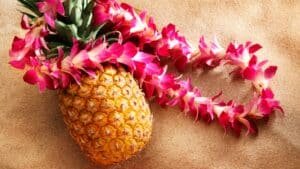
Imagine discovering a location in the United States where you can experience savannah-like landscapes, luscious waterfalls and green mountain valleys, expansive moonscape terrains, and a coastline adorned with wild beaches featuring warm water and sand in shades of green, black, and white – all in one place. Would you believe such a place exists? Welcome to Hawaii’s Big Island.
Since the destructive August fires on Maui, many travelers to the islands – sensing that Maui residents are still very much in the throes of recovery and reconstruction – are opting to visit the biggest island of them all and are finding themselves fascinated with the diversity of Hawaii Island, a magical place to consider exploring over the holidays.
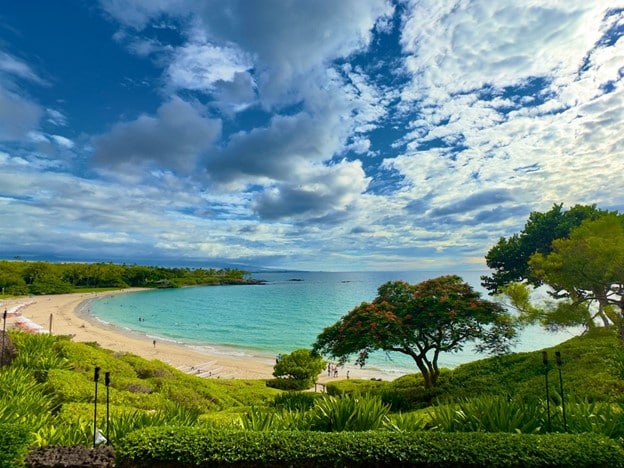
Go East or West
When traveling to Hawaii’s Big Island, you’ll have a choice of flying into either Hilo on the east side (what some refer to as “old Hawaii”) or Kona on the west side (where considerable new development is ongoing). Beach enthusiasts and surfers prefer landing in Kona on the Kona Coast, as it boasts a number of stunning beaches, among the most popular being Kekahai Kai, Makalawena, Manini’owali, Anaeho’omalu, Hapuna, Mauna Kea, Mau’umae, and Spencer.
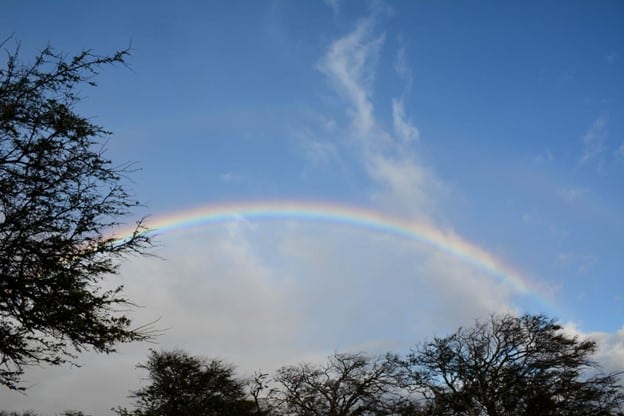
If you drive north along the Kona Coast into South Kohala, home to Puako, Waikoloa Village, Waimea, and the unincorporated town of Kawaihae (you’ll see that savannah-like landscape here, not to mention ubiquitous rainbows), you’ll eventually enter North Kohala, home to Mahukona Beach Park, a place where University of Hawaii professors and their students come to study the returning reef – no runoff from golf courses or agriculture – and where swimmers and snorkelers revel in its crystal clear waters. It is the site of a former wharf used during the plantation days.
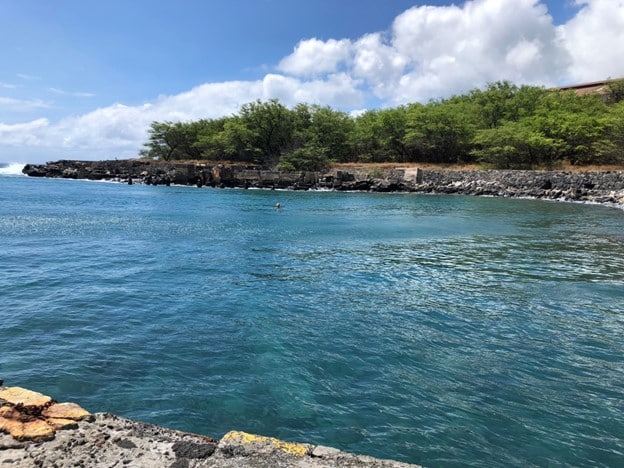
Driving farther into North Kohala along Highway 270 through the charming towns of Hawaii and Kapaau, where the prominent statue of King Kamehameha stands, the road will end after several miles. Park and hike down into Pololu Valley for a dramatic seascape that weds a black sand beach with deep verdant canyons.
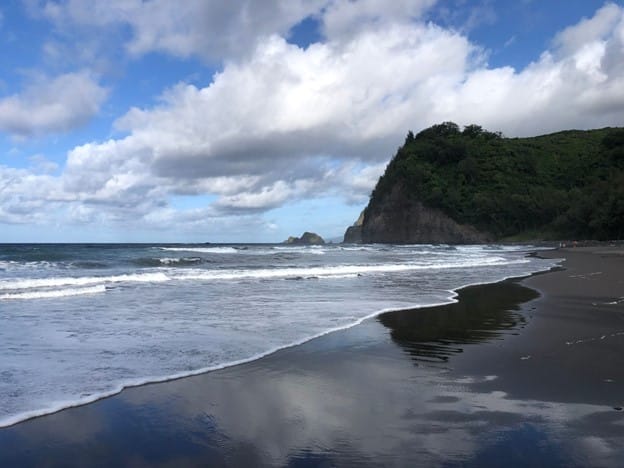
Were you to fly south-easterly from Pololu, you’d find yourself at the Waipio Valley Lookout, accessible by car only from the Hamakua Coast on Hawaii’s east side, a 15-minute drive north from the quaint town of Honoka’a. Years ago, the Hamakua Coast was the location of Hawaii Island’s first coffee plantations. Today most visitors travel south of Kona to enjoy coffee tours. The Hamakua Coast also features Akaka Falls and Hawaii Tropical Bioreserve & Garden, a wonderland of tropical plants and trees.
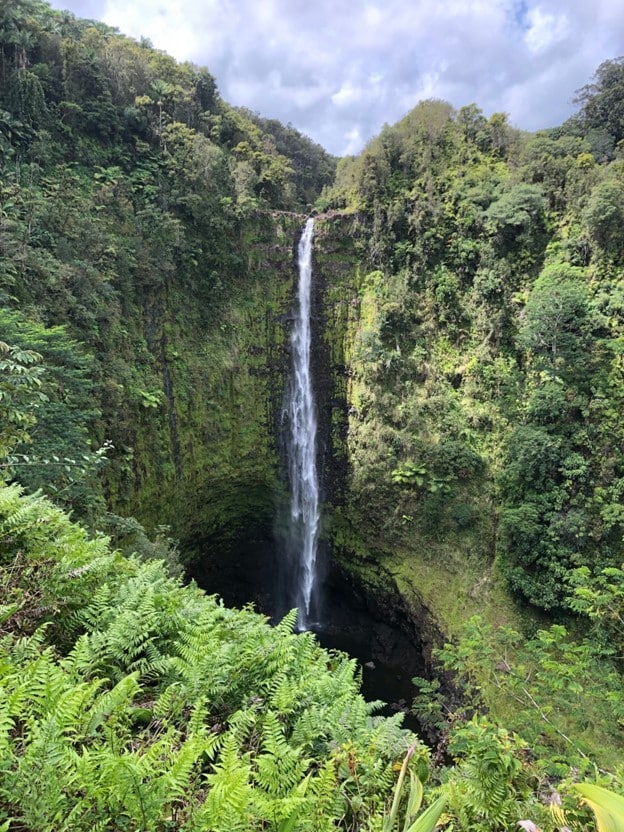
Have We Forgotten Something?
Hawaii Volcanoes National Park, of course (where you’ll see that moonscape terrain). Here you’ll find Kīlauea, the most active volcano on Earth, known for its frequent eruptions; and Mauna Loa, a shield volcano that has erupted 33 times since its first well-documented eruption in 1843, the largest volcano on Earth in terms of volume and area. The artsy town of Volcano near the park is an ideal place to have lunch and pick up unique island gifts to take back home.
Accommodations
Regarding accommodations, your best bet is staying with family, a friend, or an acquaintance, if you’re fortunate in this regard. Hotels can be pricey, so in recent years, tourists have been searching for lodgings on platforms like Airbnb or VRBO that are more budget-friendly.
On the other hand, if you have come to Hawaii’s Big Island to unwind, regroup, heal, and find balance and don’t mind paying more, high-end hotels such as the Four Seasons Resort Hualalai, Mauna Lani, and Mauna Kea, will pamper you royally. Vacation packages that include the flight, a car, and a hotel would be the most economical if you’re coming to luxuriate.
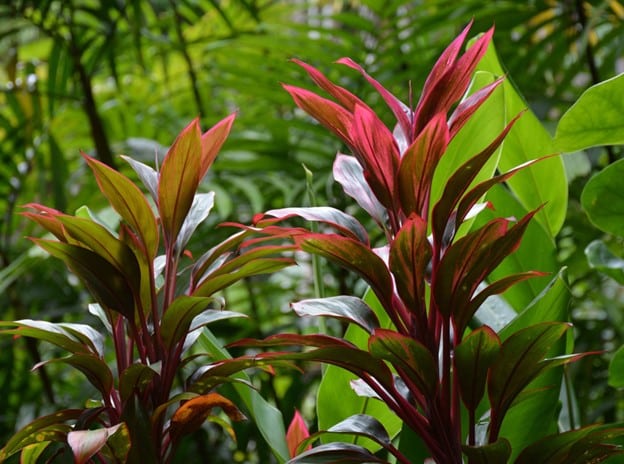
The Big Island offers lots of variety for the foodie: from the exclusive Roy’s and Huggo’s to Island Gourmet Market with popular island entrees and sweet treats (be sure to try the malasadas, a type of Portuguese-Hawaiian donut). A little-known secret is the mini-marts island-wide that offer home-made sushi and Hawaiian-style lunches, an excellent choice for grabbing a tasty bite on your way to the beach.
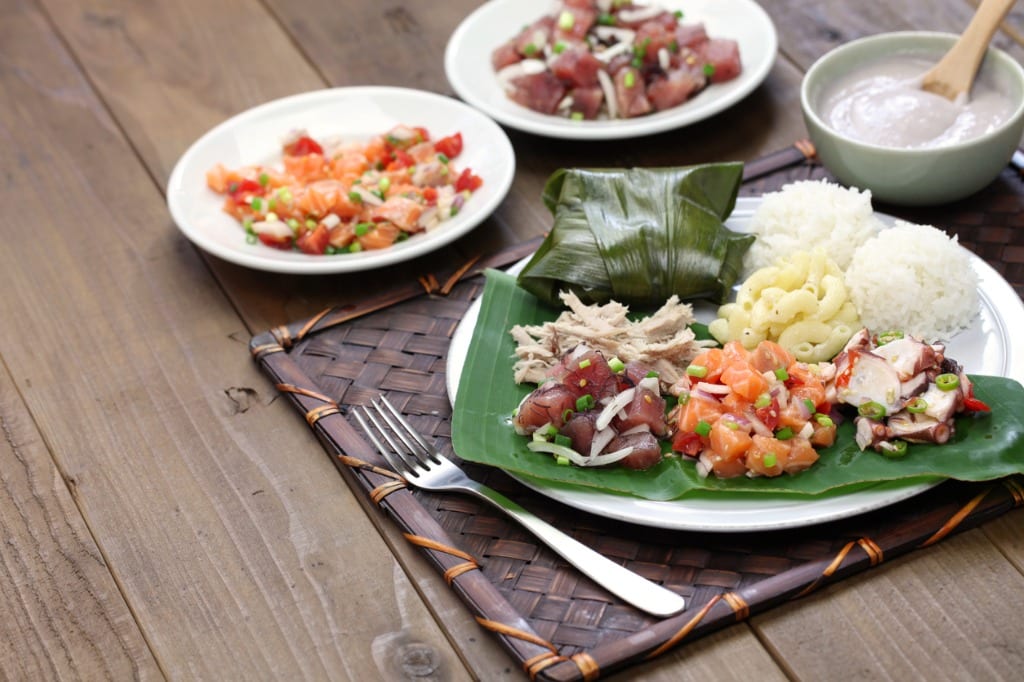
And it’s not called the Big Island for nothing! Measuring over 4,000 square miles in size, a trip around the island via highways 19 and 11 totals 222 miles. Roads are mostly two-lane and winding, so don’t expect to travel anywhere near the speed you’re used to on the mainland.
Besides, isn’t this one of the reasons you come to Hawaii in the first place: to slow down and absorb the natural beauty surrounding you in every direction?
Visit GoHawaii for more information.
Let’s Have a Conversation:
Have you been to Hawaii? Which island have you visited? Would you return and where would you go this time?

